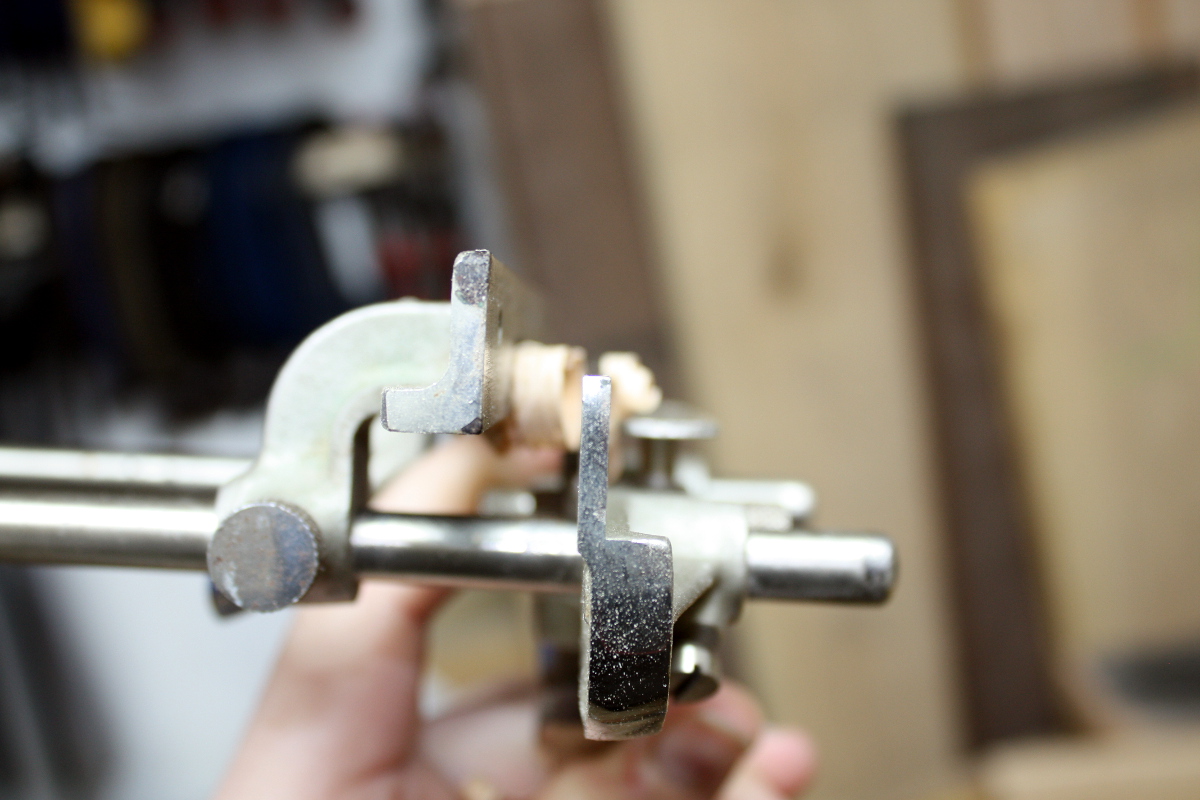No, I'm just trying for a 1/4" groove on a rail of a frame-and-panel setup. But the grain on the oak is a bit squirrelly and reverses on me half-way along the rails (all of them). The grain pattern looks lovely but it's proving to be a pain to work with. And the 044 keeps leaving horribly ragged edges on the groove or even blowing out completely and then I plane away the attempt and retry. I've marked the top with a mortice gauge; I'm going to retry tonight with a cutting gauge instead and taking the marking knife to the line and deepening it a bit. The blade's sharp, I only just reworked it on the last attempt running up to 1200 grit on the diamond plates (and flattening the back to be sure) and then stropping; so it certainly seems sharp enough; I was just worried it was still user error rather than bad grain.
Haven't had this problem before with the 044; but I've never used it on oak before either, only on poplar and walnut which are obviously a tad different in nature







